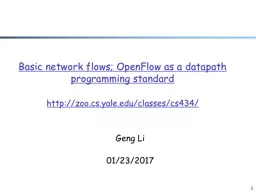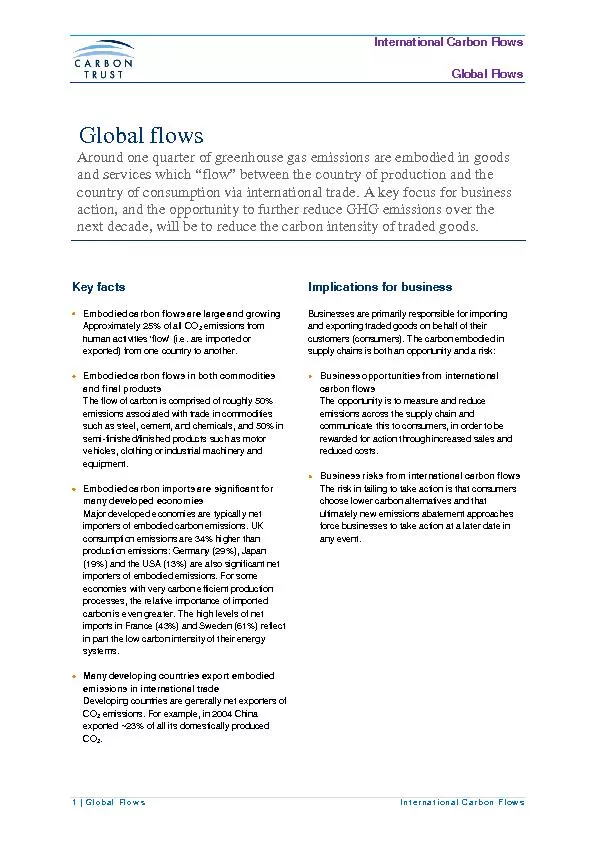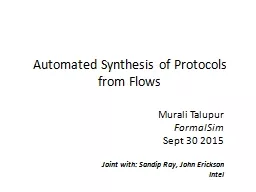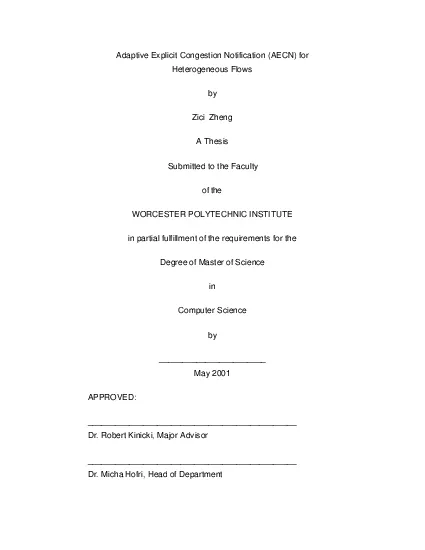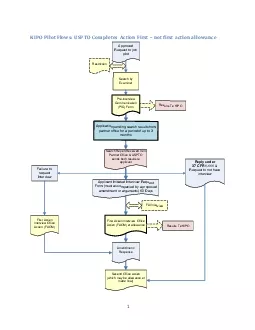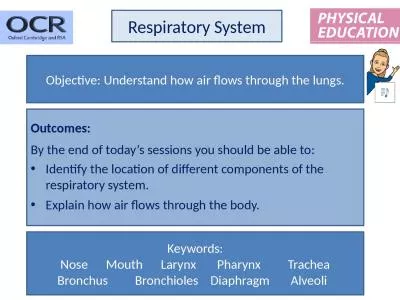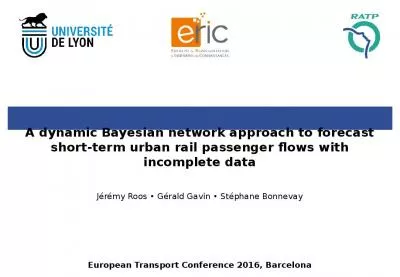PPT-Basic network flows;
Author : stefany-barnette | Published Date : 2017-08-29
OpenFlow as a datapath programming standard http zoocsyaleedu classescs43 4 Geng Li 01 23 2017 1 CS43 4 53 4 Topics in Networked Networking Systems Basic
Presentation Embed Code
Download Presentation
Download Presentation The PPT/PDF document "Basic network flows;" is the property of its rightful owner. Permission is granted to download and print the materials on this website for personal, non-commercial use only, and to display it on your personal computer provided you do not modify the materials and that you retain all copyright notices contained in the materials. By downloading content from our website, you accept the terms of this agreement.
Basic network flows;: Transcript
Download Rules Of Document
"Basic network flows;"The content belongs to its owner. You may download and print it for personal use, without modification, and keep all copyright notices. By downloading, you agree to these terms.
Related Documents

